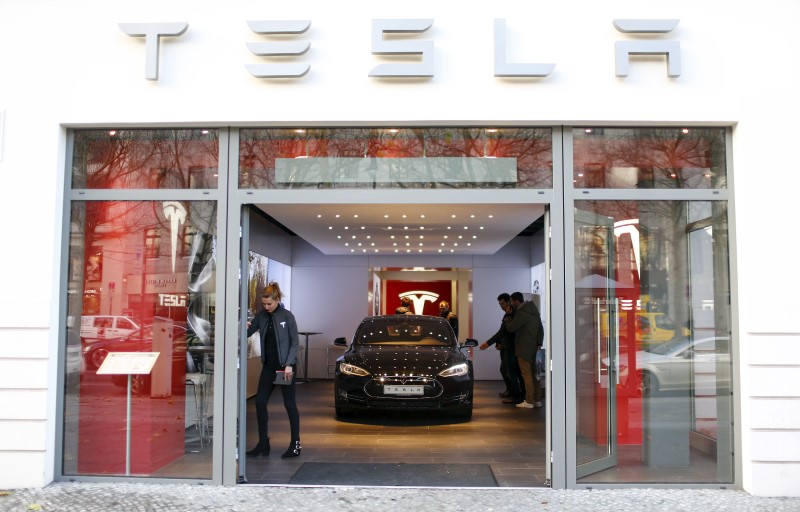Bernstein reiterated an Underperform rating and $150.00 price target on Tesla Inc (NASDAQ:TSLA) after rival automakers Ford (NYSE:F), General Motors (NYSE:GM), and Rivian (NASDAQ:RIVN) decided to adopt the company’s North American Charging Standard (NACS) connectors. Other third-party networks such as EVgo (NASDAQ:EVGO) and Blink (NASDAQ:BLNK) have also decided to include the Tesla standard in their designs.
Analysts estimate that the electric auto giant’s supercharging network generated ~$600M in revenue in 2022, or around $160 per car, representing ~0.7% of total company revenues.
Bernstein sees the near term financial impact of NACS adoption in the US as neutral to slightly negative. However, they believe growth in Supercharging is likely to be driven primarily by the growth in Tesla's own installed base.
The analysts wrote in a note, “2023 has served a reminder of how difficult TSLA is to call in the short term; that said, we worry about the specter of further price cuts and downward revisions this year and in FY 24 in advance of a new low cost platform shipping in volume, likely in 2025. We also note that adoption of the NACS standard appears to have positively impacted investor sentiment, despite the relatively limited likely impact to Tesla's financials. We continue to struggle with the stock's valuation, given that it appears to discount sustained peak historical margins and market share, and incremental value beyond the core autos business.”
Bernstein estimates global Supercharging revenue for Tesla might be ~$2B in 2025. However, longer term, under very generous assumptions, Bernstein estimates that supercharging could be a $12B revenue opportunity for Tesla in 2030. Albeit, with low margins, the analysts believe that the BEV installed base could reach 170M in 2030. If charging revenue/car/year doubles to ~$330, this would be a total opportunity of ~$55B in 2030.
Shares of TSLA are up 0.96% in premarket trading on Tuesday.
